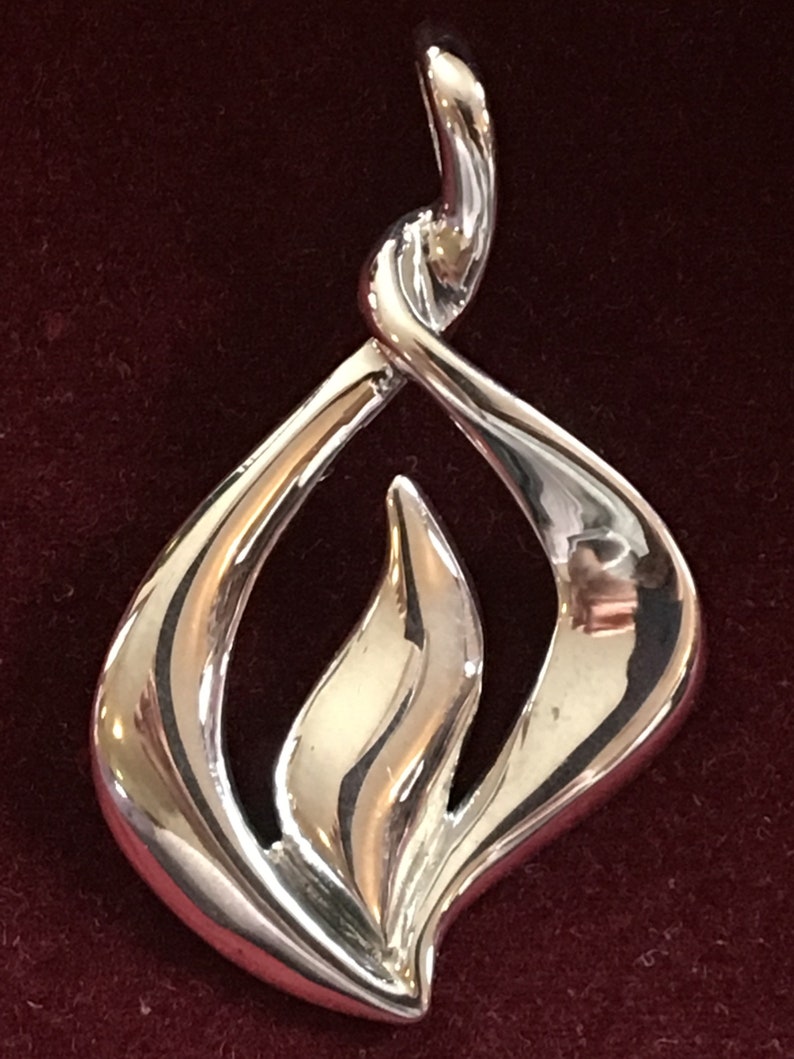
Modern-day visitors to Rome, in Italy, can see many examples of Sacred Geometry in the churches and temples from this period. The European Renaissance was when the principles of Sacred Geometry came to the fore, with a treatise written by Leon Battista Alberti, describing an idealized church building designed through use of Sacred Geometry. Islamic scriptures and holy sites also make significant use of geometric patterns. Sacred Geometry can also be found in Hindu teachings and many Hindu temples are laid out in accordance with geometric rules thought to have religious connotation. This was thought to bring the worshiper closer to God. Fire as a symbol of God exists from the most ancient times. Much art of the period also made use of Sacred Geometry’s holy ratios and proportions. While not true, the misconception derives from their use of a sacred fire in prayer and worship. In Medieval Europe, churches and religious buildings were designed and constructed in keeping with the shapes and ratios believed to be divinely inspired. Similar geometric ratios can be found in the human body, as evidenced in Leonardo Da Vinci’s famous Vitruvian Man sketching. The Triade, Triskele, or Triple Spira l - This is an ancient Celtic symbol related to earthly life, the afterlife, and reincarnation. When used as a personal talisman, the Spiral helps consciousness to accept the turnings and changes of life as it evolves. Common examples include the nautilus shell, which forms a logarithmic spiral, and the regular hexagonal shapes found in beehives. It is a sacred symbol that reminds us of our evolving journey in life. The shapes and ratios of Sacred Geometry can be found in the study of nature. Sacred Geometry, therefore, places meaning in geometric shapes, ratios and proportions. It describes the belief that God, when creating the universe and everything in it, used a consistent kind of geometry or repeating regular shapes as the building blocks for existence. One of the powers of Sacred Flames will often be Fire Purifies, as a literalization of Holy Burns Evil or to Burn the Undead.


Additionally, fire is also seen as a more masculine symbol. The Parsis, whose religion dates to between 1300 and 660 B.C., came to India centuries. Aristotle labeled it as hot and dry, and it is represented by the colors red and orange, as well as the humor yellow bile. Squier notes the supreme, holy, Spirit of Fire, Loak Ishte-hoola-aba, and the ignition of new fires at the solar festival. The sacred cauldron of fire is the most popular symbol of Zoroastrianism.

The divine spark, an outflow of the divinity of God that is believed to exist in all living creations, can also be seen in the symbol. Luminous things such as the sun, stars and fire signify warmth and energy, which are also attributes of God. General Sacred Geometry description Sacred Geometry symbols may have its roots in Ancient Greece, or even further back. Fire In alchemy, fire represents emotions such as passion, love, anger, and hate, which are sometimes referred to as fiery emotions. Sacred fire of Vesta Symbol Hestia 4 Vesta, symbol, angle, text png 800x800px 8.04KB Sacred fire of Vesta 4 Vesta Astrological symbols, symbol, angle, text png. In Zoroastrianism, fire is a symbol of God’s divine light.


 0 kommentar(er)
0 kommentar(er)
